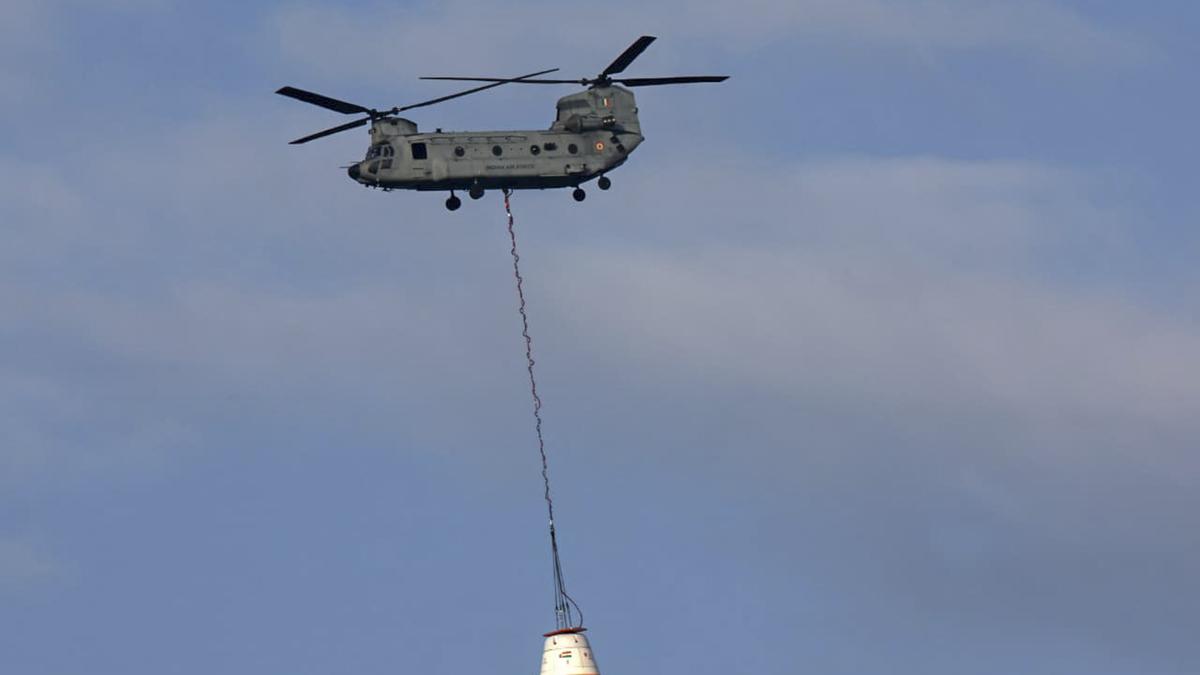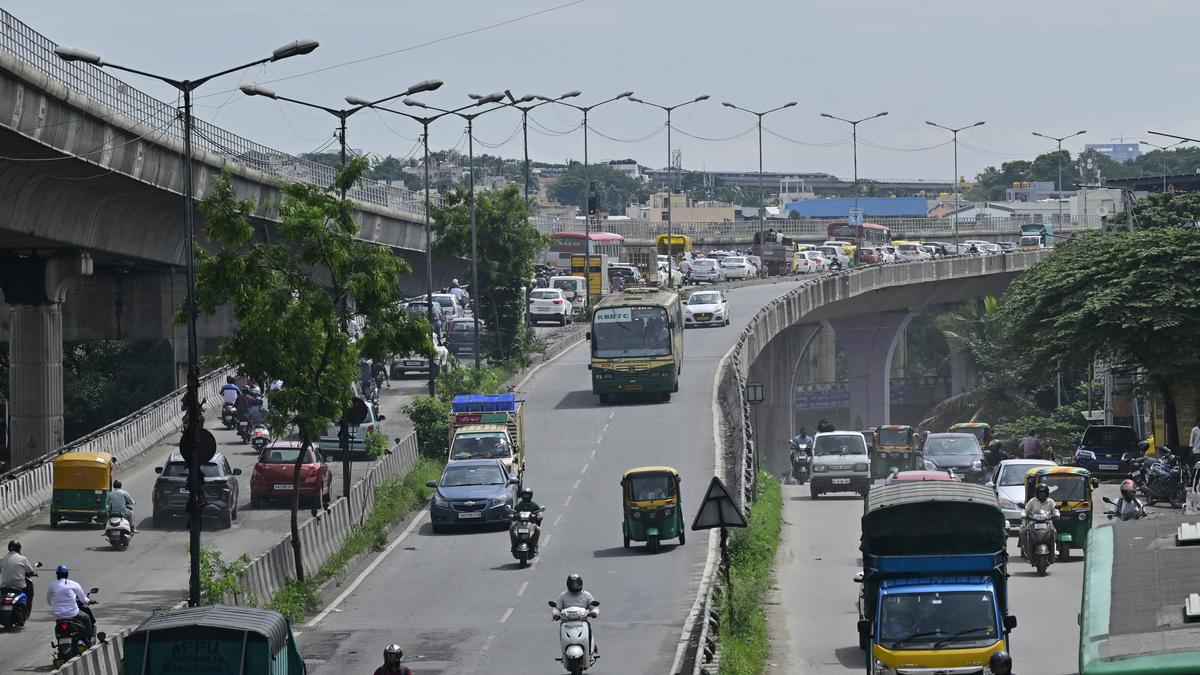Now Reading: ISRO Successfully Conducts First Gaganyaan Air Drop Test
-
01
ISRO Successfully Conducts First Gaganyaan Air Drop Test
ISRO Successfully Conducts First Gaganyaan Air Drop Test

Quick Summary
- ISRO conducted its first Integrated Air Drop Test (IADT-1) on August 24, 2025, a key milestone for India’s Gaganyaan human spaceflight program.
- The test involved a dummy crew capsule weighing around five tonnes being dropped from a Chinook helicopter to validate the parachute-based deceleration system.
- Parachutes opened in sequence during descent, ensuring safe splashdown speed-a critical aspect for future astronaut missions.
- Collaboration included national agencies like the Air Force, DRDO, Navy, and Coast Guard to ensure reliable launch and recovery systems.
- Union Minister Jitendra Singh shared updates on major preparatory work done so far: propulsion systems tested, crew escape system developed, infrastructure established (control centers and training facilities).
- Upcoming precursor missions include TV-D2 test flight and uncrewed G1 mission to further validate systems before human spaceflight clearance.
- Long-term plans include establishing Bharatiya Antariksh Station by 2035 and an Indian moon landing by 2040.
Indian Opinion analysis
The prosperous execution of IADT-1 marks a significant technical achievement in India’s Gaganyaan project. Rigorous testing of safety-critical components such as parachute deployment ensures readiness for future astronauts; this step underscores ISRO’s commitment to reliability in high-risk environments. The collaborative involvement of multiple agencies showcases India’s capability to integrate cross-domain expertise into enterprising projects.
India’s roadmap-culminating in more advanced objectives like building its own space station and lunar mission-exemplifies long-term ambition. These milestones could position India as an self-reliant player within global astronautics alongside other major powers. Though, sustained investments in technology progress will be crucial not only for success but also competitiveness against international peers. Read more: the Hindu























